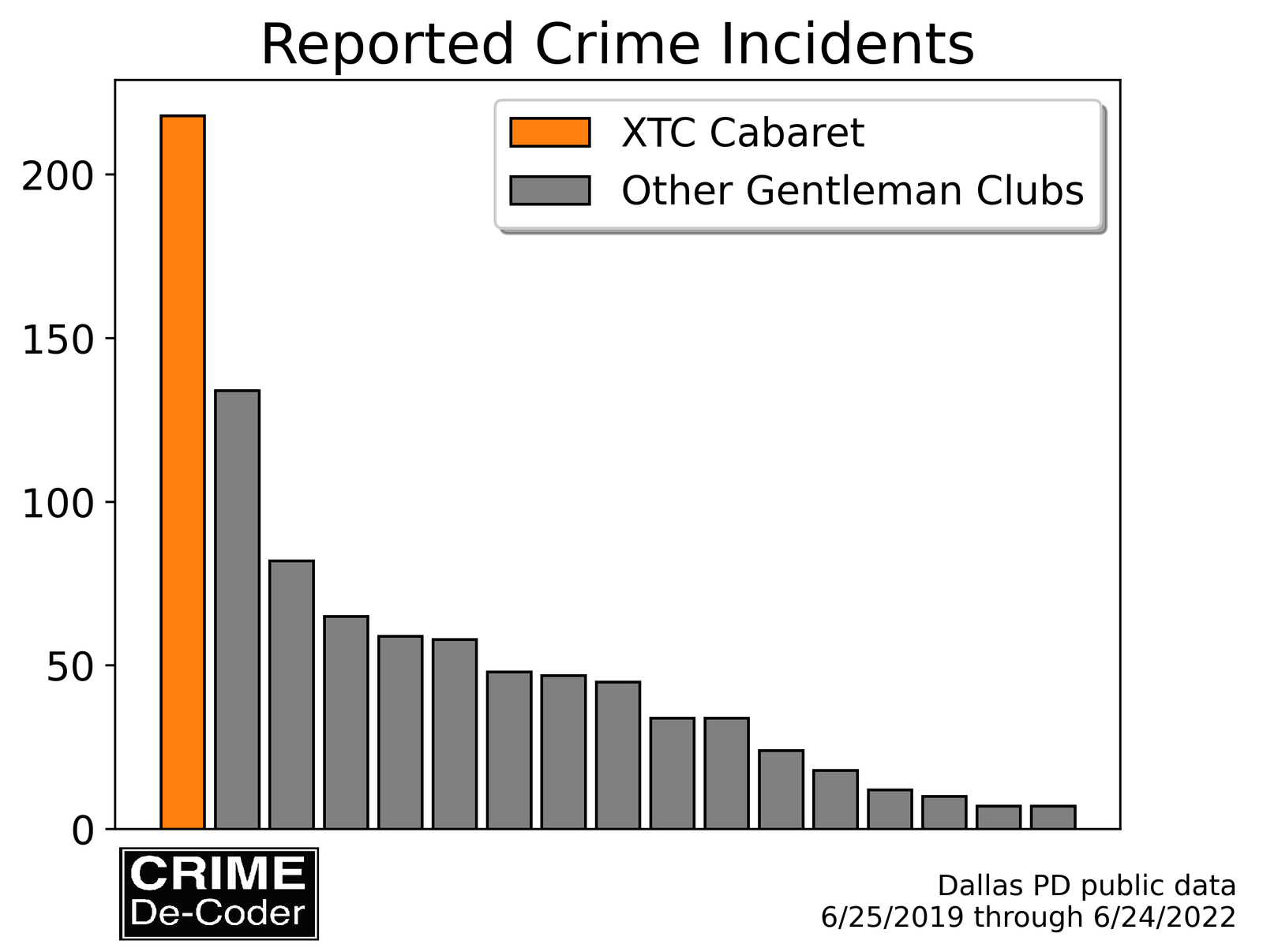Using data to establish reasonableness in premises liability cases
There are typically two steps in premises liability cases. Step 1 is determining whether prior crimes occurred nearby in the past near the location. In Texas for example they have the Timberwalk factors, which include frequency and recency of related crimes.
This stage in the analysis is quite simple and a basic aspect of crime analysis – GIS analysis of events nearby the location is often sufficient to meet civil standards. There are no bright line rules that determines whether a location passes this stage – a single prior event may be sufficient to establish forseeability on the property owners part.
Step 2 however is much more difficult – demonstrating that a premise did not meet their duty to care requirements. This typically involves articulating how the property owner failed to take reasonable action to prevent subsequent victimization. Most public areas have some level of risk, and you cannot expect all property owners to spend millions of dollars in increased security.
I have provided two examples of simple analyses in the past in prior civil litigation consulting to meet this standard (for both claimants and defendents). The first is comparing the premise to comparable establishments nearby. Here is an example is comparing violent crime in and around Gentleman’s Clubs in Dallas.

Here it is quite plain that XTC has an inordinate amount of crime occurring on their premises compared to other clubs. This establishes reasonableness, in that other clubs can maintain a certain level of security, but XTC fails to do so.
The second example is conducting causal analysis to determine whether a particular security measure was effective. One example of this is showing that when a defendent hired security, crime in and around their premise went down compared to nearby control areas. This establishes the defendent has already taken reasonable steps to reduce the risk on their property, which will never be zero.
Another example is showing that a particular intervention is not effective. Claimants often list potential security measures that the defendents could have taken, but these are often not justified or relevant. I have conducted analysis in the past of other similar premises implementing those policies, and seeing if they actually reduced crime in areas nearby.
If you are interested in someone conducting similar analysis for your case, get in touch with CRIME De-Coder.